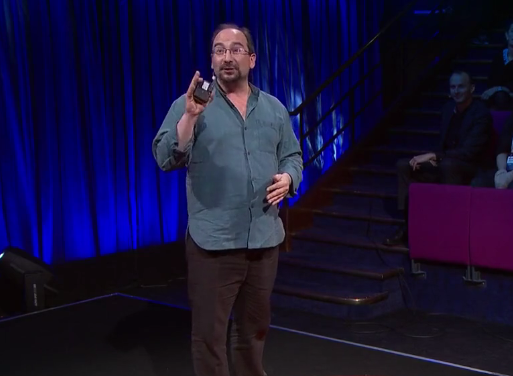But please, I invite you to suspend your disbelief for just a moment.
但是我建議你先擱置你的懷疑一小會兒。
Because back in 2001, the UN agreed another set of goals, the Millennium Development Goals.
因為回到2001年,那時聯合國也同意了另一系列的目標,就是千年發展目標。
And the flagship target there was to halve the proportion of people living in poverty by 2015.
當時的核心目標就是到2015年時使貧窮人口的比例減少一半。
The target was to take from a baseline of 1990,
那個目標是當時以1990年為基礎設立的,
when 36 percent of the world's population lived in poverty, to get to 18 percent poverty this year.
當時有36%的世界人口的生活很貧窮,而目標是到今年這個指標要降到18%。
Did we hit this target? Well, no, we didn't. We exceeded it.
我們達到這個目標了嗎?我們沒有。我們超越了它。

This year, global poverty is going to fall to 12 percent.
今年,全球貧困人口比例將要降到12%。
Now, that's still not good enough, and the world does still have plenty of problems.
但是這仍不夠好,因為這個世界還是存在很多的問題。
But the pessimists and doomsayers who say that the world can't get better are simply wrong.
但是那些說這個世界不能變得更好的悲觀主義者和末日預言者們是真的錯了。
So how did we achieve this success?
那么我們是如何取得這些成功的呢?
Well, a lot of it was because of economic growth.
其實,這很大程度上要歸功于經濟的增長。
Some of the biggest reductions in poverty were in countries such as China and India,
貧窮人口大量減少的一些地方是在像中國和印度這樣的一些國家,
which have seen rapid economic growth in recent years.
而這些國家近幾年的經濟增長飛速。
So can we pull off the same trick again? Can economic growth get us to the Global Goals?
那現在我們能不能用同樣的方式來達成目標呢?經濟增長能讓我們實現這些全球目標嗎?
Well, to answer that question, we need to benchmark where the world is today against the Global Goals
那么,要回答這個問題的話,我們需要先弄明白如果要實現這些全球目標,我們當今的世界的狀態是怎樣的,
and figure out how far we have to travel.
并且要找出我們還有多少路要走。











